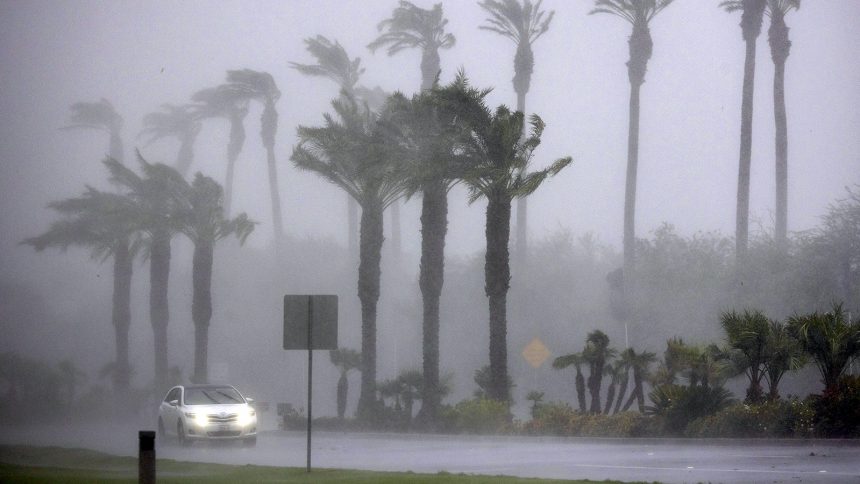It is evident that summers are getting hotter, with 2023 being noted as the Northern Hemisphere’s hottest season in 2,000 years. The consequences are already visible, with Canada’s deadliest wildfires causing widespread devastation and loss of life. The upcoming summer of 2024 is predicted to bring even more extreme weather events, with forecasts indicating a potentially prolific Atlantic hurricane season.
This year’s weather patterns are influenced by the alternating El Niño and La Niña phenomena in the Pacific Ocean, which can lead to significant shifts in temperature and precipitation across the Americas. Experts warn that as climate change continues to impact the planet, these cyclical forces could result in unprecedented levels of extreme weather.
The recent El Niño cycle has contributed to record-breaking temperatures across the United States, setting the stage for potential heatwaves, droughts, and wildfires. The transition to La Niña may further exacerbate these conditions, with NOAA forecasters predicting a heightened risk of hurricanes and tropical storms.
As we navigate this changing climate, preparing for the possibility of wild weather is crucial. It is essential for individuals living in hurricane-prone regions to proactively plan and stay informed about disaster preparedness measures. By taking steps to safeguard homes and families ahead of time, the impact of severe weather events can be minimized.
The world is entering a new era of climate realities, and adapting to these changes requires collective action and preparedness. By staying informed and taking proactive measures, we can better equip ourselves to face the challenges posed by an increasingly unpredictable climate.





